Republication from Biomed central
Fig. 1
Map of Eurasia showing the location of the Xiaohe cemetery, the Tarim Basin, the ancient Silk Road routes and the areas occupied by cultures associated with the settlement of the Tarim Basin. This figure is drawn according to literatures

Fig. 2
a Fourth layer of the Xiaohe cemetery showing a large number of large phallus and vulva posts; b A well-preserved boat coffin; c Female mummy with European features; d Double-layered coffin excavated from the Xiaohe cemetery
Chunxiang Li, Chao Ning, Erika Hagelberg, Hongjie Li, Yongbin Zhao, Wenying Li, Idelisi Abuduresule, Hong Zhu and Hui Zhou
DOI: 10.1186/s12863-015-0237-5
© Li et al. 2015
Abstract
Background
The Tarim Basin in western China, known for its amazingly well-preserved mummies, has been for thousands of years an important crossroad between the eastern and western parts of Eurasia. Despite its key position in communications and migration, and highly diverse peoples, languages and cultures, its prehistory is poorly understood. To shed light on the origin of the populations of the Tarim Basin, we analysed mitochondrial DNA polymorphisms in human skeletal remains excavated from the Xiaohe cemetery, used by the local community between 4000 and 3500 years before present, and possibly representing some of the earliest settlers.
Results
Xiaohe people carried a wide variety of maternal lineages, including West Eurasian lineages H, K, U5, U7, U2e, T, R*, East Eurasian lineages B, C4, C5, D, G2a and Indian lineage M5.
Conclusion
Our results indicate that the people of the Tarim Basin had a diverse maternal ancestry, with origins in Europe, central/eastern Siberia and southern/western Asia. These findings, together with information on the cultural context of the Xiaohe cemetery, can be used to test contrasting hypotheses of route of settlement into the Tarim Basin.
Background
The necropolis consisted of five layers of burials spanning half a millennium, offering the opportunity to determine the extent of interactions between the people of Xiaohe and other populations after the original settlement of the Tarim Basin. Did the people remain comparatively isolated or did they intermarry with newcomers? In an earlier study, we analysed DNA recovered from the deepest and oldest layer of burials of the Xiaohe site, the fifth layer, corresponding to the earliest inhabitants. Our results revealed that the first settlers carried both European and central Siberian maternal lineages. These findings agreed with the archaeological evidence for a close connection to the Afanasievo culture of the steppe north of the Tarim Basin, in other words with the “steppe hypothesis” [23]. We describe here the analysis of the maternal lineages of individuals recovered from the remaining four burial layers, and discuss the results in the context of the contrasting views on the settlement and migration patterns of the Tarim Basin.

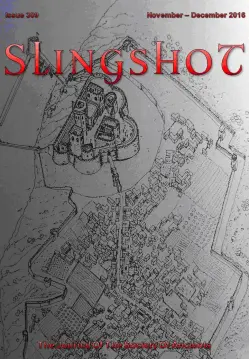
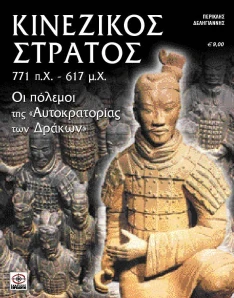

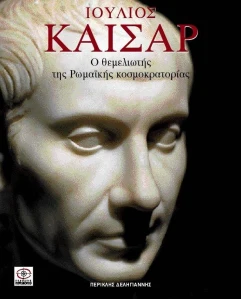
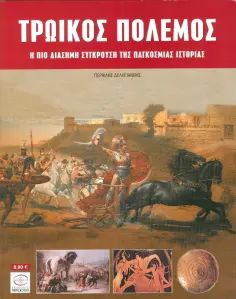
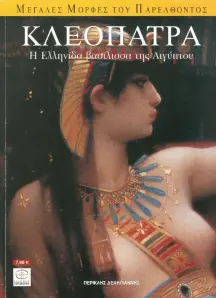

Leave a comment